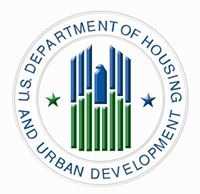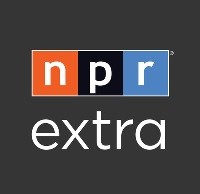RAD doubles capital in one year; $19 in private investment for every taxpayer dollar
WASHINGTON – (RealEstateRama) — Each year, thousands of units of public housing are demolished and thousands more sit vacant because they are no longer decent, safe or sanitary. Today, the U.S. Department of Housing and Urban Development (HUD) announced that its Rental Assistance Demonstration officially surpassed $4 billion in capital investment in order to make critical repairs and improvements to this segment of the nation’s affordable housing stock.
This level of capital investment in public housing is double the levels HUD announced just last year. Today, RAD is leveraging $19 in capital for every $1 of public housing funds, significantly expanding the ability of local public housing authorities (PHAs) to improve their public housing properties. Without RAD, it would take 46 years for these housing authorities to accomplish the same level of repairs and renewal.
“Through our innovative RAD program, housing authorities can begin to address the backlog of capital repairs needed in their public housing stock,” said HUD Secretary Ben Carson. “Reaching this $4 billion milestone means expanding opportunity for more families and ensuring they have access to quality, healthy, affordable housing.”
RAD allows PHAs to access private investment through public-private partnerships to help preserve and improve public housing properties and address the growing nationwide backlog of deferred maintenance, estimated at $26 billion in 2010. Each year, roughly 10,000 units of public housing are lost due to disrepair. By stemming the loss of these units, RAD helps ensure more low-income families can secure a quality affordable home.
Under RAD, public housing authorities convert some or all of their developments to a project-based Section 8 platform. This change in regulatory platform allows public housing authorities to identify creative ways to solve their capital needs through public-private partnerships, and with no new federal funding. The new, long-term Section 8 contracts that these properties transition to guarantee that the units remain permanently affordable to low-income households. This model is proving to be a versatile tool for PHAs to preserve affordable housing, to serve more eligible households, and maximize the impact of the existing commitment of federal resources. While most conversions involve the modernization and stabilization of existing properties, many PHAs have demolished severely distressed properties and replace them with new, permanently affordable housing. PHAs are also using RAD to help families move from blighted or isolated locations to neighborhoods of greater opportunity where they will have better access to jobs, transportation and good schools for their children.
For example, the public housing authority in DeKalb County, Georgia used RAD to redevelop a 50-year-old public housing site into mixed-income apartments and single family homes for families and seniors, providing long-term financial stability needed to maintain, preserve, and even add units. Read other case studies here where RAD is working to successfully preserve and improve public housing for low-income families.
HUD has made awards to PHAs across the country for all the 185,000 units currently authorized to participate in RAD and estimates an additional $6 billion in new, largely privately funded construction investments will be made in the public housing units currently authorized to participate in RAD. In response to high demand from housing authorities to utilize RAD, the FY17 omnibus budget signed by the President on May 5th raises the RAD cap to 225,000 from 185,000 units. This will allow additional eligible public housing properties to be preserved and improved through RAD.
Read more about RAD’s $4 billon milestone.
###
HUD’s mission is to create strong, sustainable, inclusive communities and quality affordable homes for all.
More information about HUD and its programs is available on the Internet
at www.hud.gov and http://espanol.hud.gov.
You can also connect with HUD on social media and follow Secretary Carson on Twitter and Facebook or sign up for news alerts on HUD’s Email List.
(202) 708-0685
http://www.hud.gov/news/index.cfm








